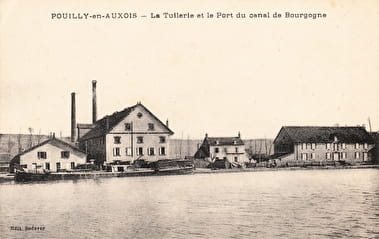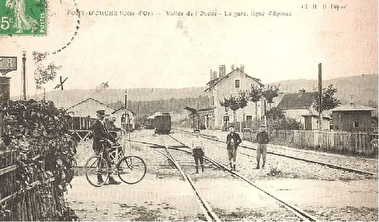A little river history
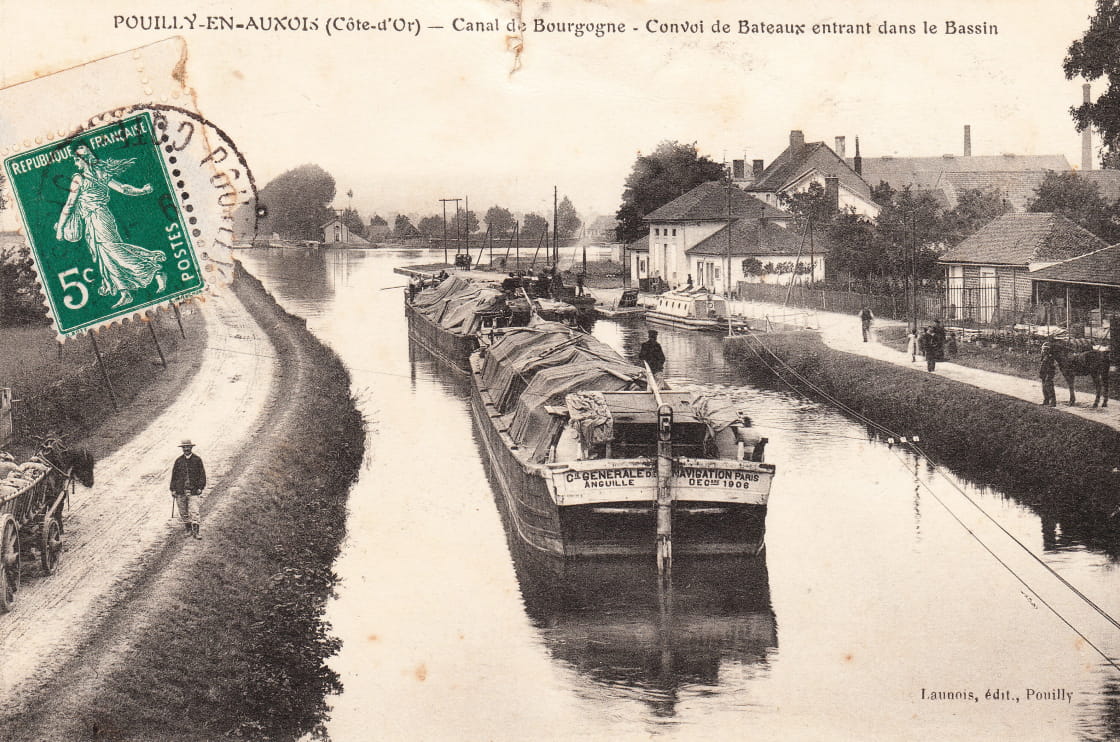
A little river history
The Burgundy canal links the Yonne (at Migennes) to the Saône (at Saint-Jean-de-Losne), crossing the watershed between the Atlantic and the Mediterranean. This 242 km-long canal has 189 locks, 4 canal bridges (including 1 at Pont-d'Ouche) and a 3,333 m tunnel at its highest point at Pouilly-en-Auxois (altitude: 378 m), making it the highest canal in France.
Dozens of kilometers of channels feed the reservoirs and then the canal. Rainwater flows naturally into these channels before being stored in the reservoirs. At each lockage, 500 m3 of water is released into the next reach. Although the idea of joining the two seas dates back to Roman times, it was not until King Louis XV's edict in 1775 ordering the opening of the Burgundy Canal that this was achieved, with its inauguration in 1832. At the time of its construction, the Burgundy canal was a technical feat and a masterpiece of civil engineering. Hoping for new sources of revenue, it reached its peak in the mid-nineteenth century. At the time, it was the main communication route between the north and south of France.
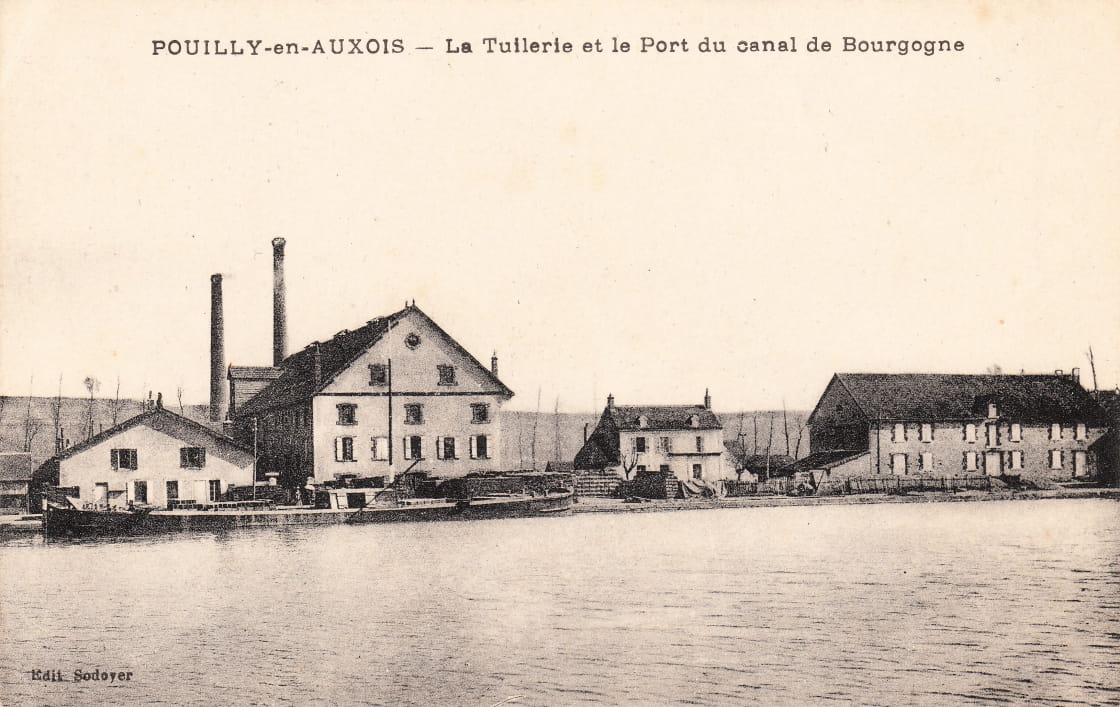
In those days, many of the goods that supplied Paris were processed in the factories built along the canal and then sold in the ports: wood, coal, rolled iron, iron ore, cement, plaster, lime, Burgundy stone, wine, sugar beet, cereals, etc. As tarmac roads did not appear until around 1920, at that time there were only roads on which a cart driven by two horses could pull 1 tonne, whereas a man (or sometimes even a woman) could pull 25 tonnes alone on a boat! From 1900 onwards, horses, donkeys or cows replaced men, followed gradually by the steam (or petrol) tractor, and then the engine in the boat.
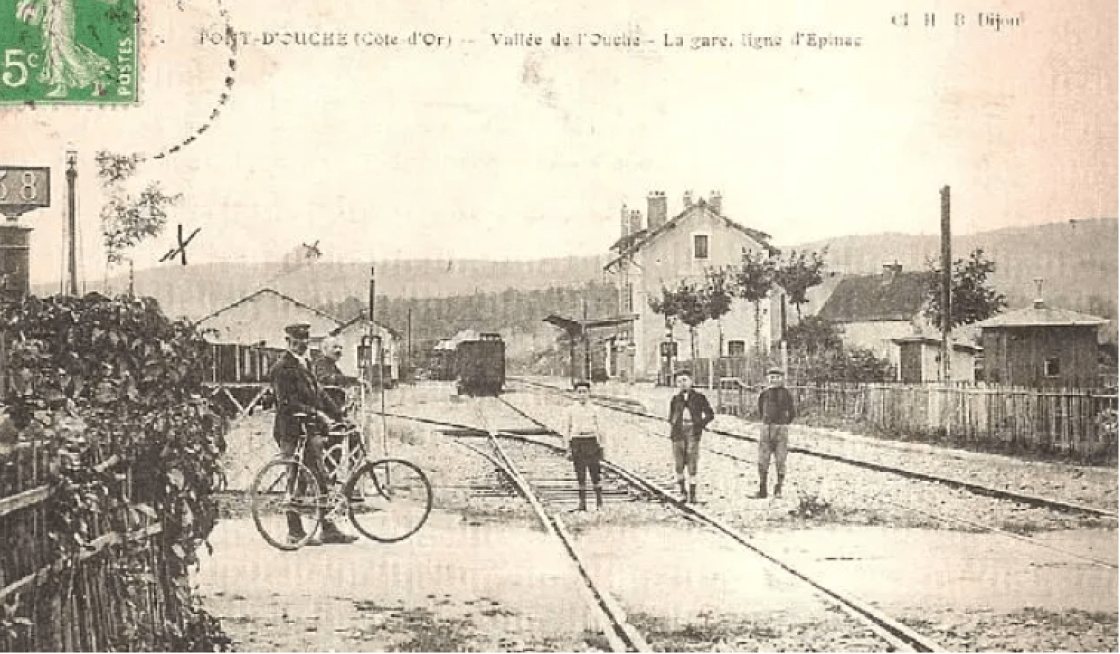
In the 19th century, the river port of Pont-d'Ouche was linked to Epinac by one of the very first railway lines opened in France. Authorized by an order of King Charles X in April 1830 and 26 km long, the railway line from Epinac to Pont d'Ouche was used to evacuate coal, which was then transhipped from wagons onto barges. After a few decades, this method of operation, which was very cumbersome in logistical terms, was abandoned, as the development of the rail network meant that coal could be transported from Epinac end to end, without using the waterways.
The arrival of the railway in the mid-19th century, followed by its advent at the end of the century, signaled the decline of waterborne freight transport. River transport rapidly disappeared after the 2nd World War, competing with rail and road transport. Since the 1980s, the Burgundy canal has been enjoying a renaissance thanks to the development of pleasure boating.
For even more stories :
Visit our page dedicated to the Pays d'Art et d'Histoire de l'Auxois Morvan.

